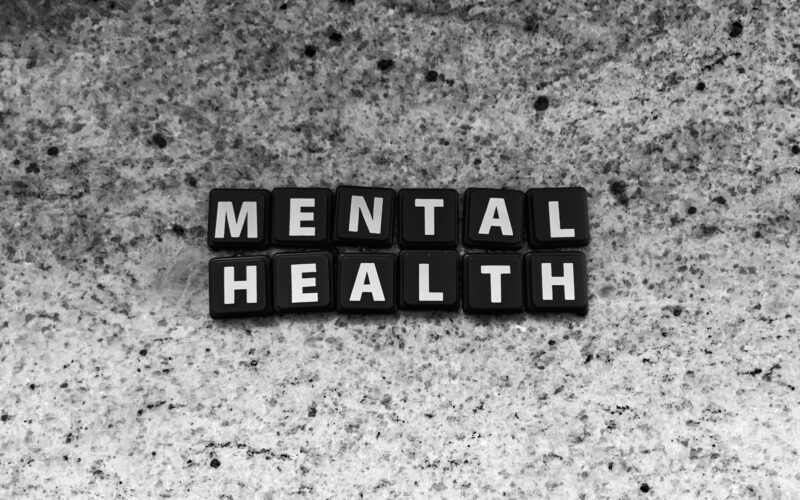Mental health stigma in schools can hinder students from seeking the help they need, often leaving principals, counselors, and teachers feeling uncertain about how to address sensitive emotional challenges. By understanding why stigma takes hold and taking active steps to counter it, you can develop a supportive atmosphere that fosters healthy growth for all.
Understand the impact of mental health stigma
Stigma typically stems from fear or misunderstanding about mental health conditions. When students are reluctant to speak up because of judgment or shame, problems like stress, depression, or anxiety can escalate. You may see lower academic performance, strained peer relationships, and even increased dropout rates. So, why let misconceptions stand in the way of a thriving school community?
How stigma hurts your school
- Students may not seek counseling or other support.
- Teachers might overlook early signs of emotional distress.
- Isolation becomes the norm, which worsens mental health issues.
Foster an inclusive culture
Students thrive when they feel valued and understood. Building an inclusive culture means teaching empathy, celebrating differences, and avoiding labels. Consider training staff on language that encourages acceptance rather than judgment. For instance, rather than describing someone as “mentally ill,” emphasize that they are “experiencing mental health challenges.”
Promoting empathy in daily interactions
- Host staff workshops on inclusive language to reduce labeling.
- Implement classroom activities that highlight respect for all.
- Provide easy access to school counselor resources so students know where to turn.
Encourage open conversations
Does your school have regular forums where students can talk freely about stress, anxiety, or depression? Normalizing these discussions helps break mental health stigma in schools by showing students and families that it’s okay to ask for help. Consider creating anonymous Q&A sessions or even resource nights that involve both parents and school staff.
Ways to support dialogue
- Set aside advisory periods for mental health check-ins.
- Include coping strategies for students in newsletters or bulletin boards.
- Invite local experts to speak about warning signs and how to respond.
Offer consistent support
A single event on mental health awareness might spark interest, but genuine change comes from ongoing support. This includes having clear referral pathways, accessible youth mental health services, and dedicated platforms where students can share concerns. When you provide reliable routines, programs, and trained staff, you reinforce that mental health matters every day.
Building lasting resources
- Create a referral network between your school, community therapists, and crisis hotlines.
- Train older students as peer mentors to destigmatize help-seeking.
- Mention community-based options for student mental health support in your school’s handbook or orientation materials.
Key takeaways
- Directly address harmful stereotypes through workshops and staff training.
- Make conversations about emotional well-being an ongoing part of school life.
- Provide visible resources that empower students and remind them they’re not alone.
- Cultivate a safe, stigma-free environment by celebrating diversity and encouraging open dialogue.
Together, these steps can keep mental health stigma at bay and create a more supportive school environment. Take a first step today by surveying whether students feel comfortable talking about their challenges, then use those insights to shape new initiatives. Your leadership can make a lasting difference.



